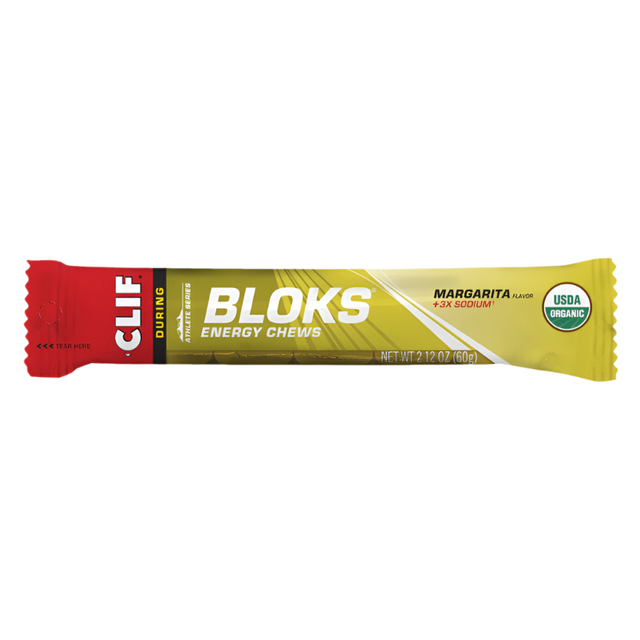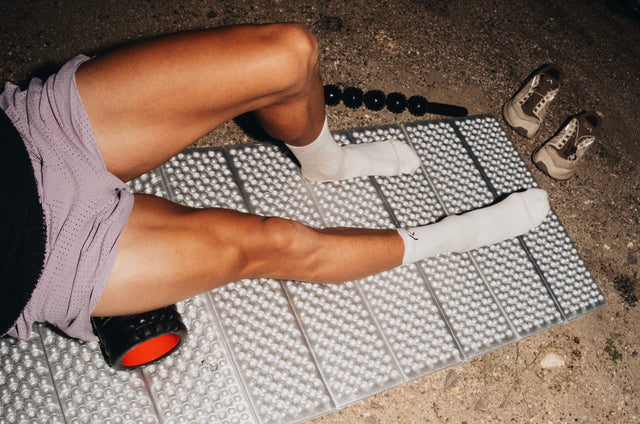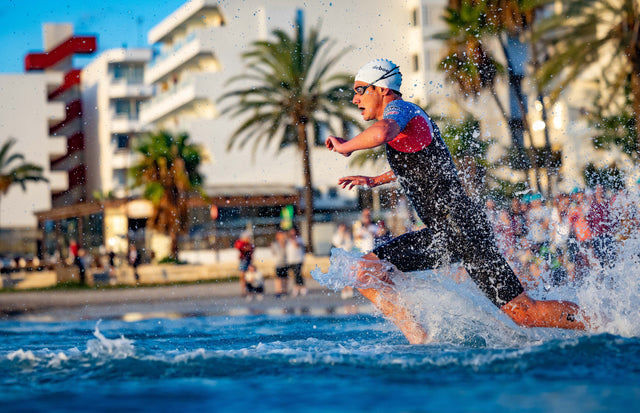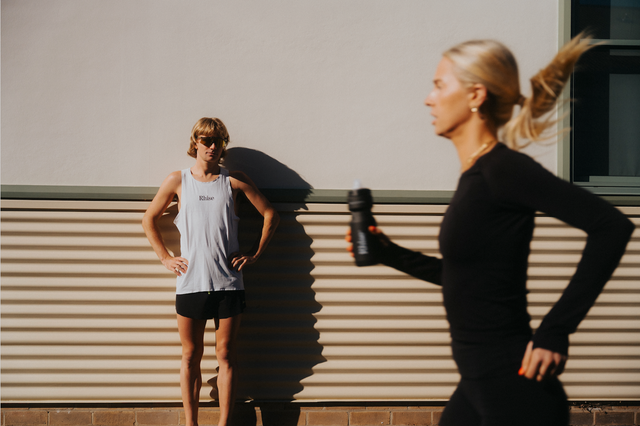Carb Loading Secrets: Why Males and Females Should Fuel Differently
Carb loading has been a go-to endurance strategy since the 1970s, but is everyone doing it right? While the science is strong, the one-size-fits-all approach doesn’t quite stack up, especially with growing evidence that females may not store glycogen as effectively as males. Before your next big race, let’s break down what actually works (and what doesn’t) when it comes to fuelling up in the final days.
What is Carb Loading?
Carbohydrates, stored as blood glucose and muscle glycogen, are the body’s primary fuel during exercise. When these energy stores run low, athletes can experience fatigue and a sharp decline in performance, often called "hitting the wall" or "bonking" (1).
Carb loading is a strategy to maximise glycogen stores in the body before endurance events.
-
Males can increase glycogen storage by up to 40% through carb loading (2,3) .
-
An increase in glycogen stores has been shown to improve endurance performance time by approximately 2-3% in events lasting over 90 minutes (2,3).
-
Typical carb loading involves consuming 8-12 grams of carbohydrates per kilogram of bodyweight over the 1-3 days leading into the endurance event (2,3,4).
What Causes Sex Differences in Carb Loading?
Carbohydrate loading works differently for males and females, primarily due to hormonal differences and how each sex utilises fuel during endurance exercise. While males tend to rely more on muscle and liver glycogen, females rely more on fat and plasma glucose, and less on muscle glycogen, which can influence how effectively they store and access energy during endurance events (2,4,5).
-
Females oxidise a greater proportion of fat and less carbohydrate than males during submaximal endurance exercise, a pattern influenced by oestrogen (2,5).
-
Females respond better to carb loading during the follicular phase (first half of the cycle), when it's easier to boost muscle glycogen. In the luteal phase (second half), higher progesterone may make carb loading less effective (4,7).
-
Females using oral contraceptives, the effect of carb loading on muscle glycogen storage is less well understood, and more research is needed (4,7).
-
Females often eat fewer calories than males, which makes it harder to reach the high carb intakes (8-12g/kg/day) used in typical carb loading plans (6).
Should Females Carb Load Differently?
-
Females may benefit from slightly lower carb-loading targets, especially when overall calorie intake is limited (6).
-
Females may benefit from a moderate increase in carbohydrate intake, especially through carb-dense meals (2,4).
-
Carb loading at 6-8g/kg/day, 1-3 days before the race is recommended to achieve glycogen super-compensation, especially during the follicular phase. Responses in females may vary more than males (2,4,7).
What a Carb Loading Day Looks Like
For Males→
-
This one-day low fibre meal plan provides around 665g of carbs, suitable for a male weighing 55-83kg aiming to carb load with 8-12g/kg/day, 1-3 days before an endurance event.
Breakfast → 2 cups instant oats with water +1 banana (medium) + 2 slices white toast with jam (2 tbsp)
Snack → 1 white bagel with 1 tbsp honey
Lunch → 3 cups cooked white rice+ 1 grilled skinless chicken breast + ½ cup cooked zucchini + 1 dinner roll (white)
Snack → 3 medium pikelets (store-bought or homemade with white flour) + 2 tablespoons Nutella + 1 standard cheese and bacon roll
Dinner → Takeout Supreme Pizza
For Females→
-
This one-day low fibre meal plan provides around 480g of carbs, suitable for a female weighing 60-80kg aiming to carb load with 6-8g/kg/day, 1-3 days before an endurance event.
Breakfast → 2 slices white bread, toasted + 2 scrambled eggs+ 1 medium banana+ 1 medium orange
Morning Snack → 1 plain English muffin + 1 medium pear (peeled)
Lunch → 2.5 cups cooked white pasta + 1 small grilled chicken breast+ ½ cup steamed carrots + 1 white dinner roll
Afternoon Snack → 2 white rice cakes with 2 tbsp jam + 1 small banana
Dinner → 1.5 cups cooked white rice + 1 cup cooked lean ground beef + 1 cup cooked green beans
Ash Miller
Dietitian and Nutritionist (Masters)
Bachelor of Physical and Health Education
Instagram: @ashthomo_nutrition
Disclaimer:
The content in this blog is for general information only and is not a substitute for professional medical advice, diagnosis, or treatment. Always speak with your doctor or allied health team before changing your diet, exercise, or taking supplements, especially if you have a health condition or take medication. Please use this information as a guide only. Aid Station doesn't take responsibility for individual outcomes.
References:
-
Kerksick, C. M., Arent, S., Schoenfeld, B. J., Stout, J. R., Campbell, B., Wilborn, C. D., … Antonio, J. (2017). International society of sports nutrition position stand: nutrient timing. Journal of the International Society of Sports Nutrition, 14(1). https://doi.org/10.1186/s12970-017-0189-4
-
Wismann J, Willoughby D. Gender differences in carbohydrate metabolism and carbohydrate loading. J Int Soc Sports Nutr. 2006 Jun 5;3(1):28-34. doi: 10.1186/1550-2783-3-1-28. PMID: 18500960; PMCID: PMC2129154.
-
Burke LM, Hawley JA.Carbohydrate and exercise.Curr Opin Clin Nutr Metab Care21999515520
-
Sims ST, Kerksick CM, Smith-Ryan AE, Janse de Jonge XAK, Hirsch KR, Arent SM, Hewlings SJ, Kleiner SM, Bustillo E, Tartar JL, Starratt VG, Kreider RB, Greenwalt C, Rentería LI, Ormsbee MJ, VanDusseldorp TA, Campbell BI, Kalman DS, Antonio J. International society of sports nutrition position stand: nutritional concerns of the female athlete. J Int Soc Sports Nutr. 2023 Dec;20(1):2204066. doi: 10.1080/15502783.2023.2204066. PMID: 37221858; PMCID: PMC10210857.
-
Tarnopolsky MA, Atkinson SA, Phillips SM, MacDougall JD.Carbohydrate loading and metabolism during exercise in men and women.J Appl Physiol78199513601368
-
Tarnopolsky MA, Zawada C, Richmond LB, Carter S, Shearer J, Graham T, Phillips SM. Gender differences in carbohydrate loading are related to energy intake. J Appl Physiol (1985). 2001 Jul;91(1):225-30. doi: 10.1152/jappl.2001.91.1.225. PMID: 11408434. 7615443.10.1249/MSS.0000000000002850. Epub 2021 Dec 30. PMID: 34974499.
-
Walker JL, Heigenhauser GJ, Hultman E, Spriet LL.Dietary carbohydrate, muscle glycogen content, and endurance performance in well-trained women.J Appl Physiol88200021512158


















